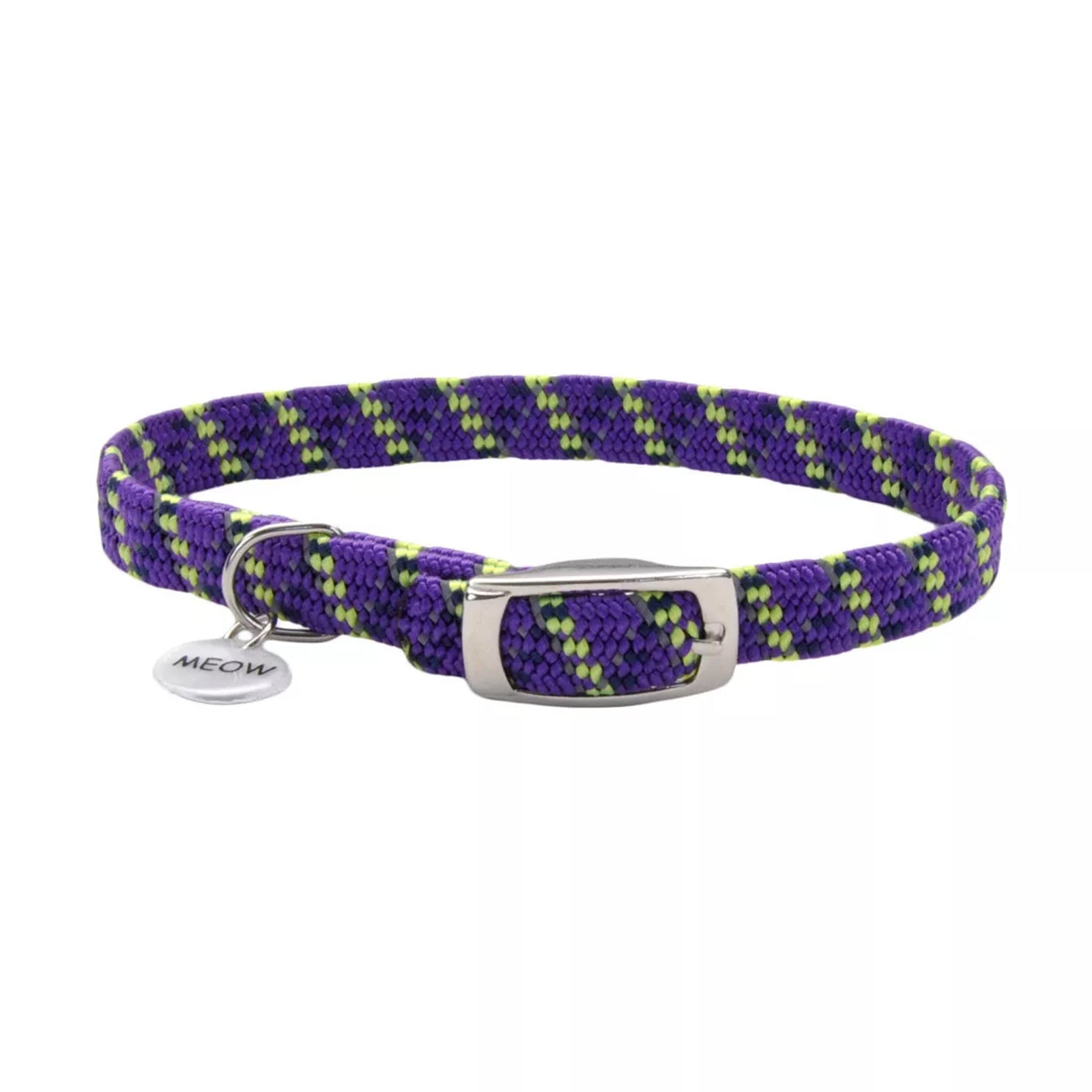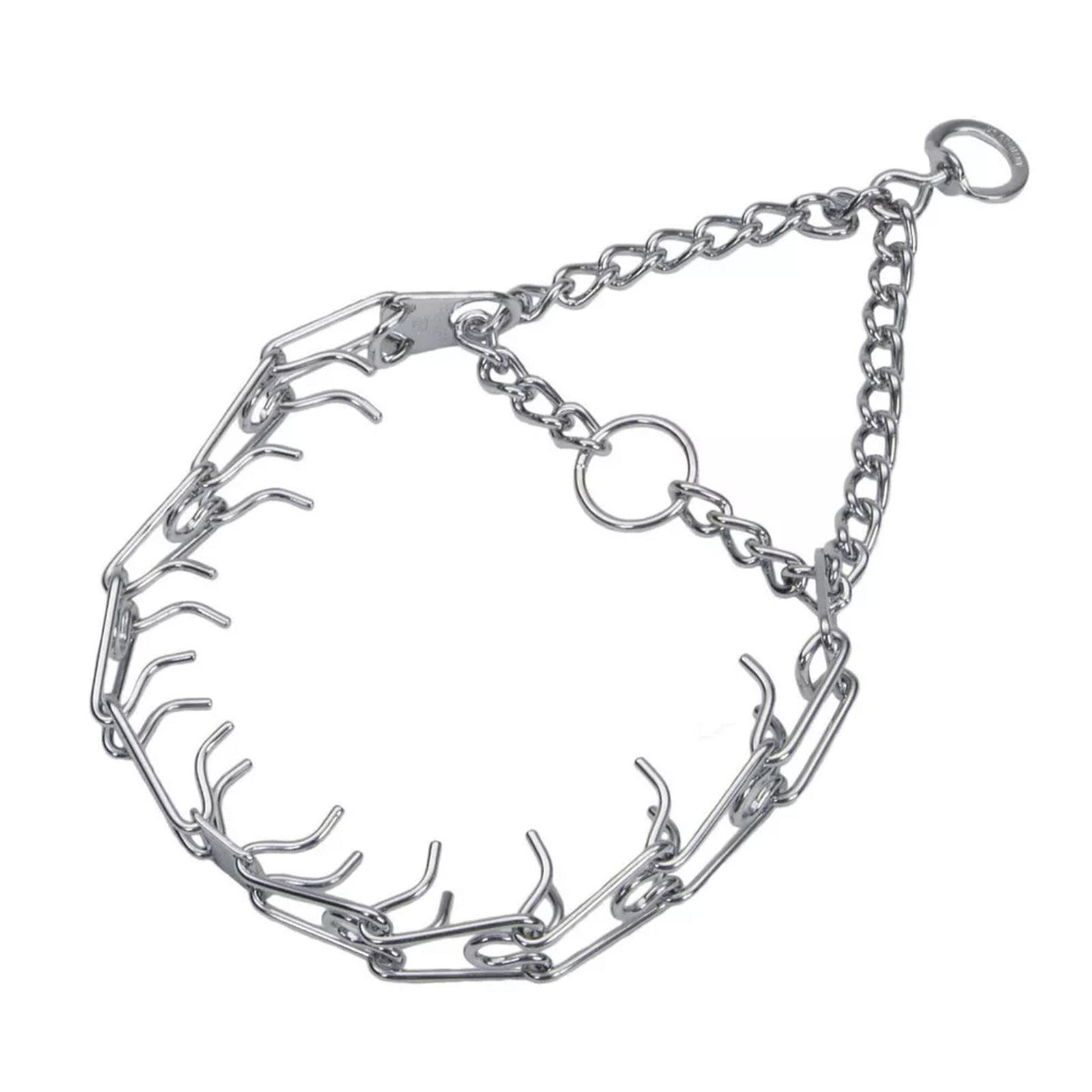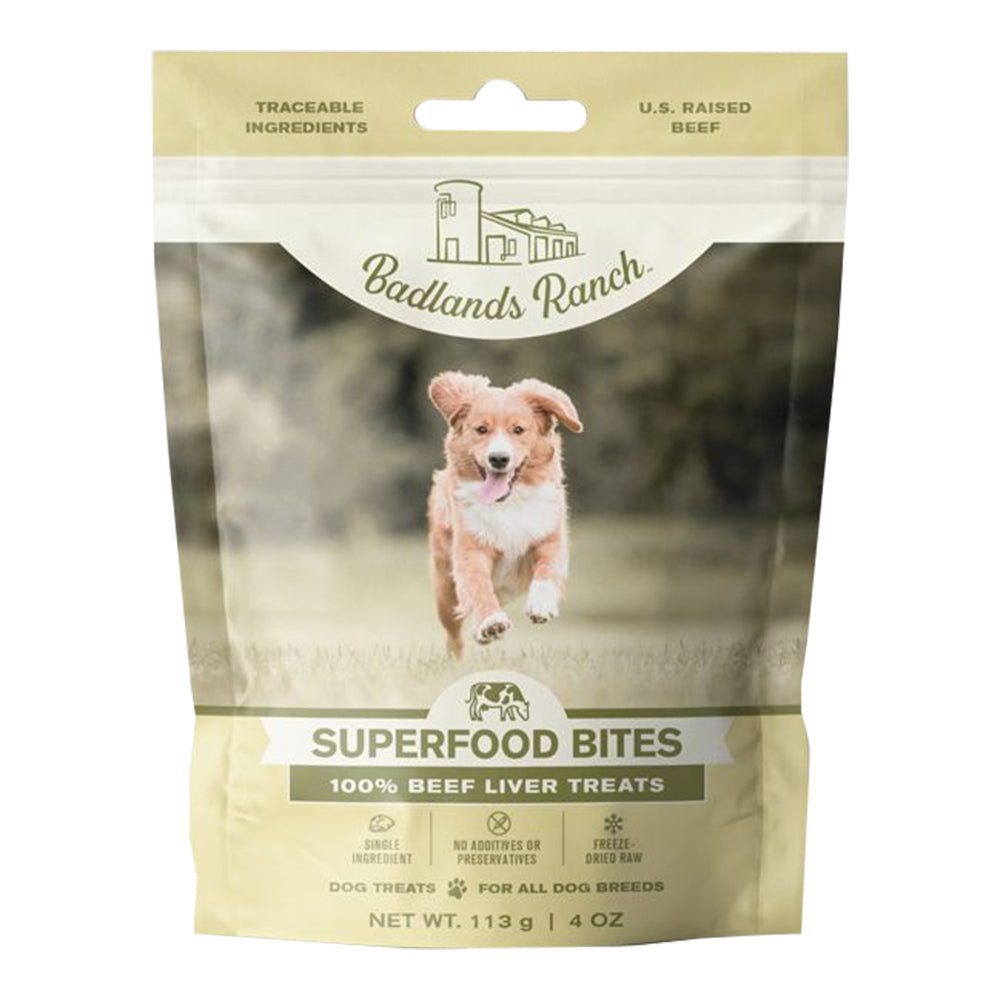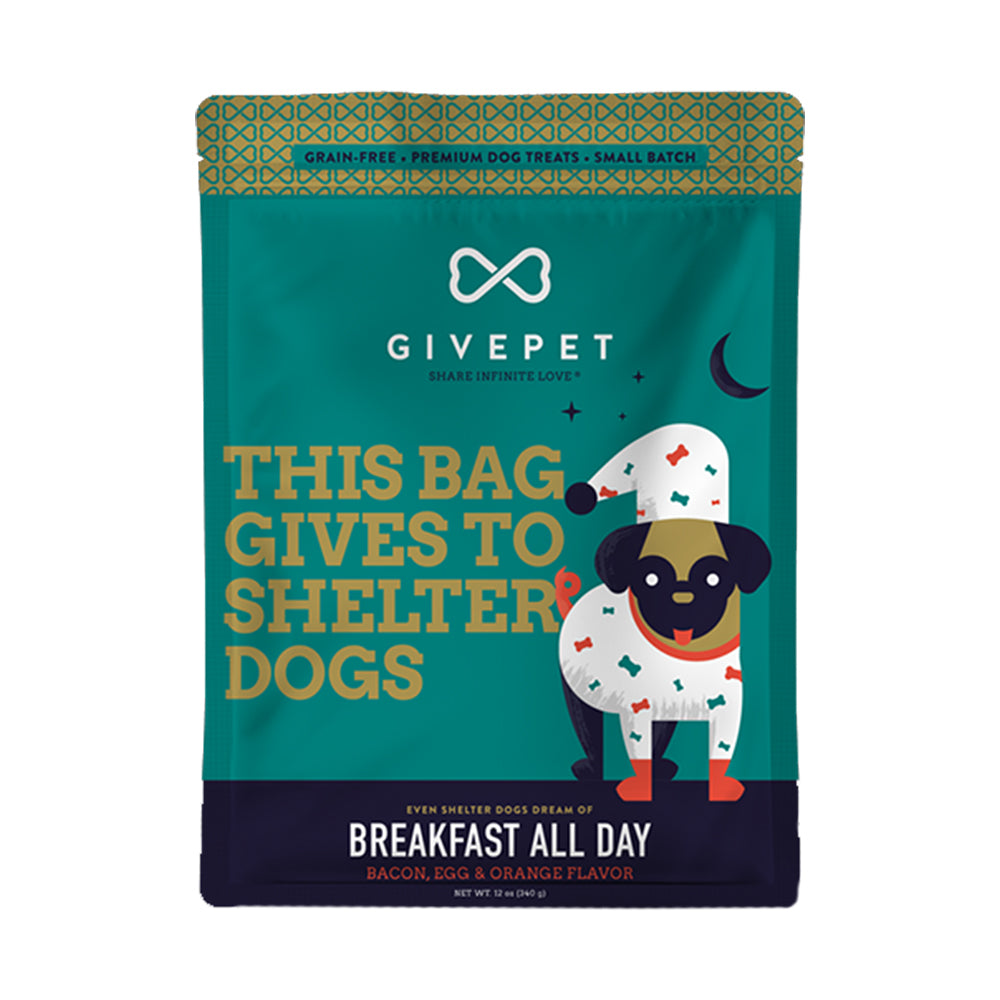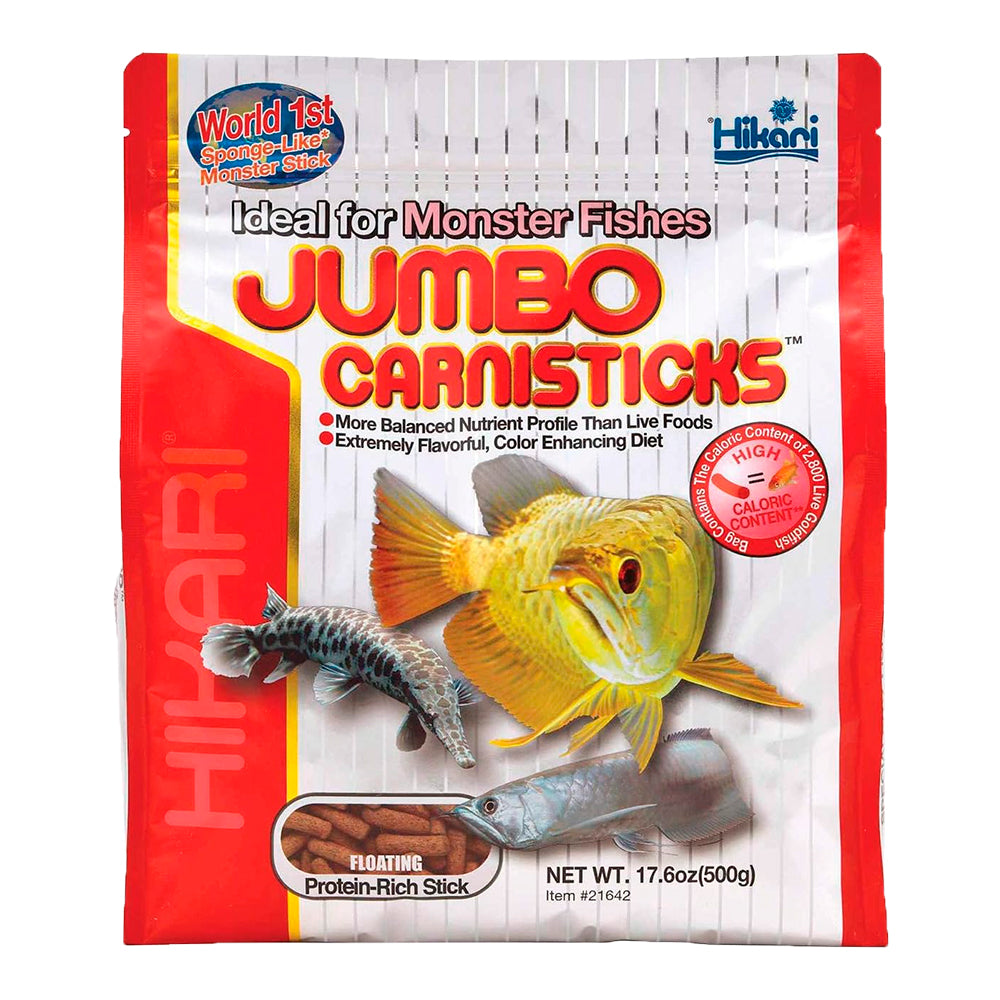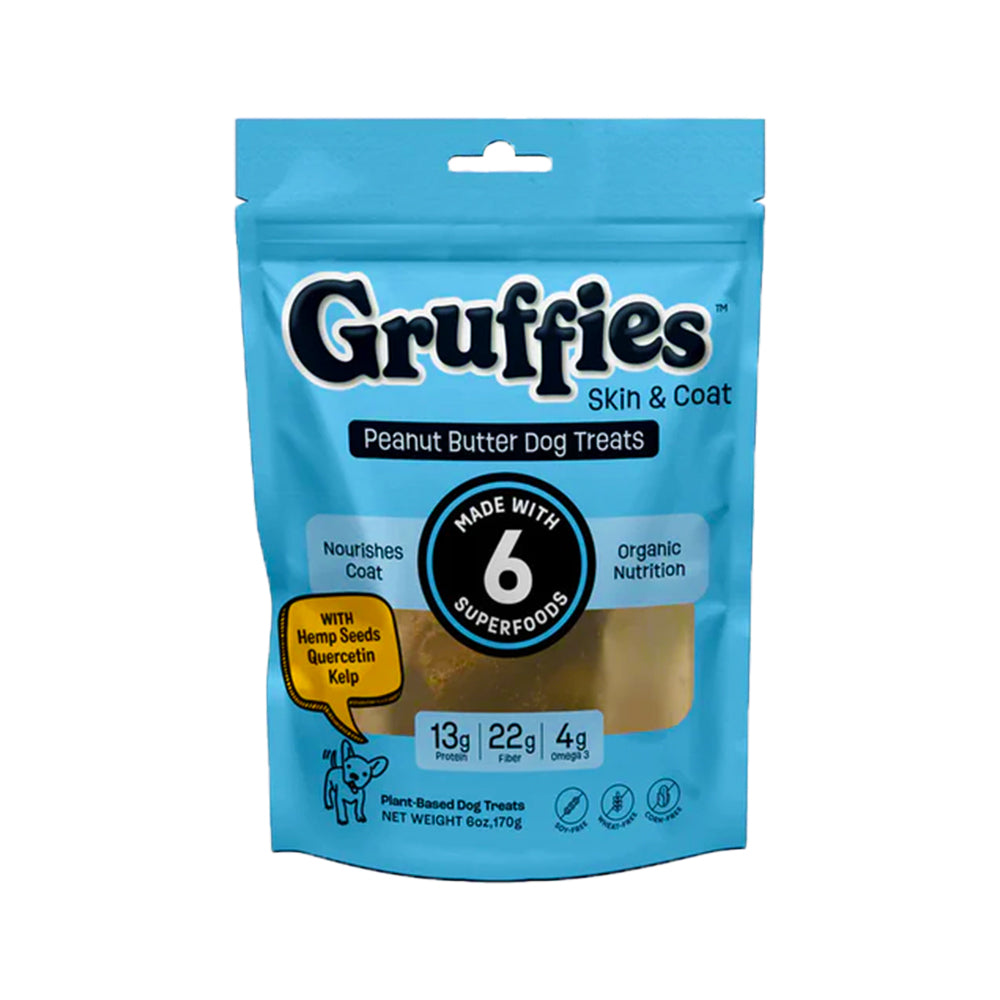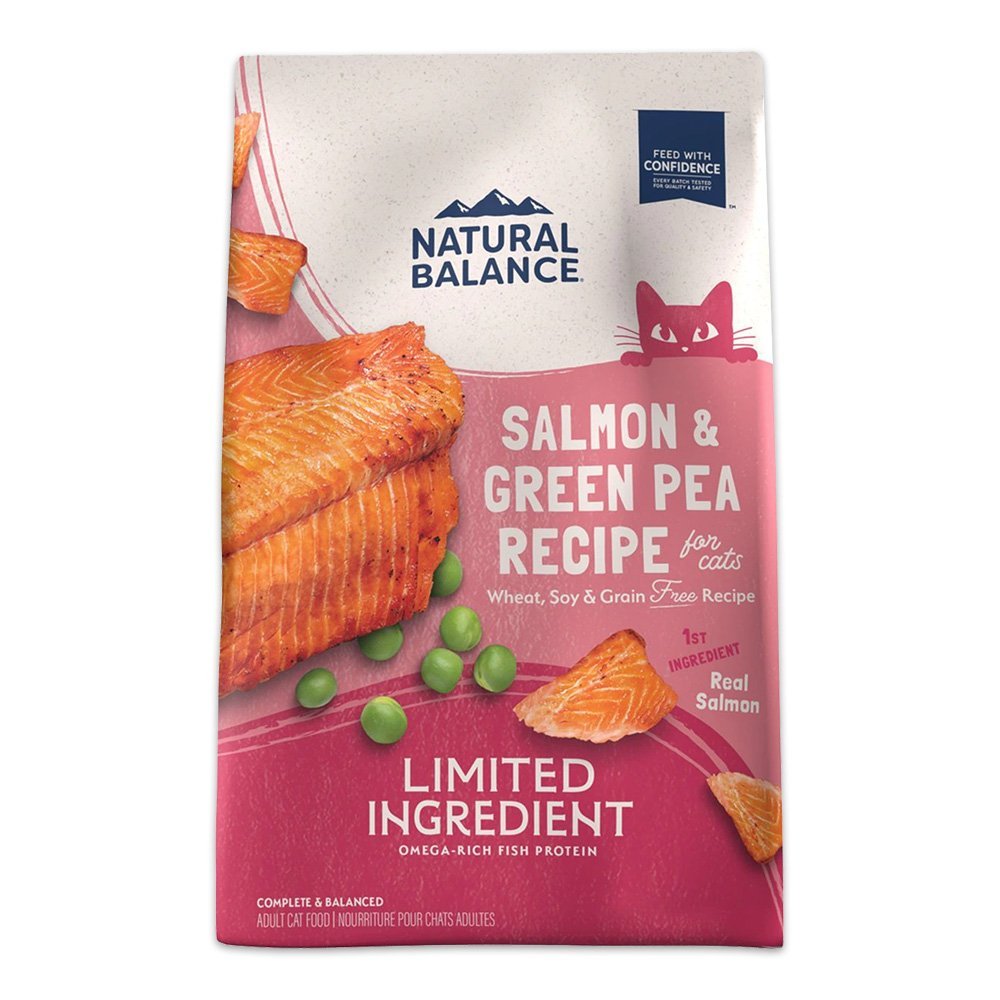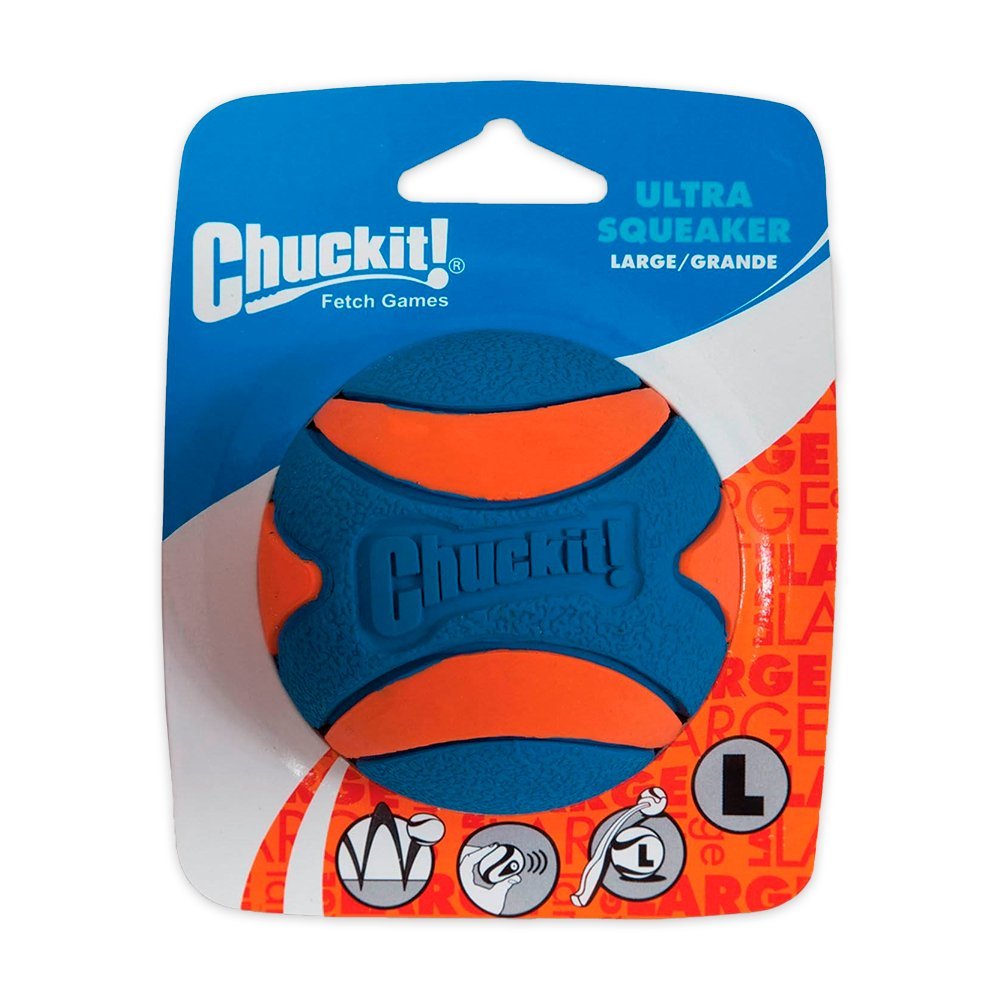Cats like treats more than regular kibble because treats are richer in flavor, smell stronger, and trigger their natural hunting instincts.
Ever wondered why cats like treats so much compared to their regular food?
The answer lies in their stronger flavors, higher fat content, and addictive taste enhancers that make treats irresistible to felines.
When it comes to food, cats are known for being picky eaters. Most of the time, they eat only what they enjoy. But as a pet parent, it’s your responsibility to ensure they get nutritious food for a healthy life. While kibble provides balanced nutrition, many cats show a stronger preference for treats.
The science is clear: cats prefer treats over regular kibble due to concentrated palatability enhancers, higher fat content (18–25% vs 8–12% in kibble), and addictive flavor compounds like hydrolyzed proteins that trigger dopamine responses.
Cats highly approve, enjoy, and like the treats more than regular food. Yes, and due to that, there are tons of options available for cat treats in the market. You can give them the treats of their choice and make them happy. These temptations cat food also hold good nutritional value, so they are also healthy for cats. But all the kinds of treats or any food are good enough to give till a certain amount only. Overly enjoying treats or food can be harmful to your cats.
Read more: Fleas On Cats: Symptoms, Signs and Solutions for Your Feline Friend
What's in Cat Treats, Exactly?
Cat treats and snacks contain a number of components that make them more appealing and delectable than your cat's usual meal. These substances include vitamins, fillers, and a huge variety of other things.
For example, the best cat treats like A Better Treat Just One Thing Freeze Dried Dog & Cat Treats Wild Caught Salmon or Fruitables Wildly Natural Chicken Cat Treats are made with real animal protein, giving them an edge in both nutrition and taste compared to standard kibble.
Here is a list of some of the most popular ingredients in the best dry cat food:
- Carbohydrates
- Tartar Prevention
- Meat Byproducts,
- Grains
- Minerals, And Vitamins
- Preservatives
- Vegetable-Based Proteins
- Hues Or Dyes
- Animal Dung
This difference highlights the ongoing debate of cat treats vs kibble, with treats being engineered for flavor while kibble focuses on balanced nutrition.
Why Do Cats Like Treats More Than Regular Food?
Virtually no cat can elude this trap thanks to the flavor enhancers in the pocket-shaped treats. They frequently request more of this type of meal. The boosters that are typically sprayed on their treats, however, draw them in more. This food is easily addictive, and your fluffy buddies will prefer it to cat food. There are several more reasons why cats prefer treats more than cat food.
Carnivorous Nature
The cat food inclination strongly inclined them to mainly eat meat. And these treats are made with real meat, bird meat, or fish, which makes them more tempting. The treats align with their instincts of taste more than regular kibble. Additionally, these meat-based treats have more protein, which makes them even healthier for the cats. For the development of taste, they also add plant-based ingredients in these cat food temptations, because of which the cats can have a balanced diet.
Novelty and variety
For cats and even for dogs, the treats are given as rewards when they follow the command, do a certain activity, learn commands, and more. Due to this reason, they are earned by them as a novelty. And one more thing that makes pets more excited about treats than food is the variety of flavors they enjoy in treats. There are many flavors available that they enjoy and like to earn as a reward.
This explains much of feline treat behavior, where cats beg for treats more eagerly than for food.
Smell And Texture
Smell and texture play an important role when it comes to liking food. The cats are quite sensitive to the smell of the food they are eating, so the treats have this amazing smell that tempts the cats to eat the treats, and also the texture. If the food texture feels good for the cats while they are eating it, they will enjoy it more. And due to this, the temptation of cat food is focused on being made with such a texture, so the cats enjoy it more.
Read more: Is Dry Food Bad for Cats? The Truth About Kibble & Feline Nutrition
Palatability and Flavor
Cat treats are designed and made in such a way that cats cannot refuse them ever. The amazing palatability contains the flavors that cats enjoy, like chicken, tuna, salmon, and more. The wide range of palatable foods gives them various tastes to enjoy the treats. And the flavor is enhanced in this treat in a great way, where the cats can increase their hunger for food. These cat food similar temptations treats hold a high nutritional value and due to this, the treats are appreciated in both ways, tasty and healthy for cats.
Cat treat palatability enhancers make these snacks nearly irresistible. In fact, why are cat treats irresistible comes down to:
-
Hydrolyzed proteins in treats create umami flavors cats crave
-
Fat content comparison: Treats (20–25%) vs Kibble (8–12%)
-
Artificial flavor enhancers like animal digest stimulate brain reward systems
-
Texture contrast: Crunchy exterior + soft interior appeals to feline psychology and shifts cat food preferences.
Popular examples include Temptations Classics Crunchy & Soft Adult Cat Treats Savory Salmon, which mix crunch and softness, and Wellness Puree Natural Grain-Free Lickable Cat Treats Tuna, which appeal to cats that prefer smooth, creamy textures.
This combination explains strong cat food preferences for treats.
The Addiction Factor: Why Cats Become Treat-Dependent
Cat treat addiction behavioral science explains why your feline may constantly beg for treats and even turn their nose up at regular kibble. Treats are engineered to be more rewarding than ordinary food, and over time, this can create a dependency.
-
Dopamine release patterns: Just like humans crave chocolate or chips, cats experience a “feel-good” brain response when they eat treats. The high-fat and concentrated flavor enhancers in treats trigger dopamine release, making the experience more pleasurable than eating plain kibble. This shows how cat treat addiction can interfere with normal feeding routines.
-
Reduced kibble acceptance: When treats become the star of the diet, kibble starts to look boring in comparison. Many cats who get treats too often will refuse their regular food, causing nutrient imbalances and frustration for pet parents. This selective eating behavior is a sign that treats are taking over.
-
Breaking treat dependency – a gentle 3-step method: If your cat seems hooked, don’t worry—there are safe ways to restore balance without causing stress.
-
-
Gradually reduce treat frequency instead of stopping suddenly. For example, if you give treats daily, shift to every other day.
-
Swap some treats with high-protein kibble “bonus bites.” Mixing in small amounts of premium kibble during treat time helps retrain taste preferences.
-
Offer play, affection, and enrichment as alternatives. A short play session, grooming, or extra cuddles can serve as rewards, helping your cat feel loved without always reaching for the treat jar.
-
Gradually reduce treat frequency instead of stopping suddenly. For example, if you give treats daily, shift to every other day.
By understanding the science behind why cats like treats so much, you can strike a balance between rewarding your pet and protecting their long-term health.
Health Risks of Too Many Cat Treats
While treats are fun and rewarding, the health risks of too many cat treats include obesity, digestive upset, and nutrient imbalances. Pet parents should always limit treat portions to no more than 10% of a cat’s daily calorie intake.
Read more: Top 10 Best Dry Cat Foods for Older Cats: Keep Your Senior Feline Healthy
Positive Reinforcement
Training and developing a relationship with cats both rely heavily on positive reinforcement. Cats quickly learn to associate treats with pleasant experiences when owners give them as rewards for excellent behavior or simply as friendly gestures. The temptation cat food consequently came to represent affection and admiration. Cats quickly pick up on the associations between goodies and pleasant events, such as compliments from their owners or prizes for excellent behavior. Over time, this shapes long-term feline treat behavior, making treats not only food but also a symbol of love.
Read More: What Is In Temptations That Makes Cats Go Crazy?
In Conclusion
So, why do cats like treats so much? It comes down to a powerful mix of higher fat and protein content, irresistible flavor enhancers, enticing aromas, and positive reinforcement. While treats can be an amazing way to bond with your feline and reward good behavior, moderation is key. Too many treats can lead to obesity, picky eating, and health risks. By choosing high-quality options and balancing them with regular kibble, you can keep your cat both happy and healthy.




